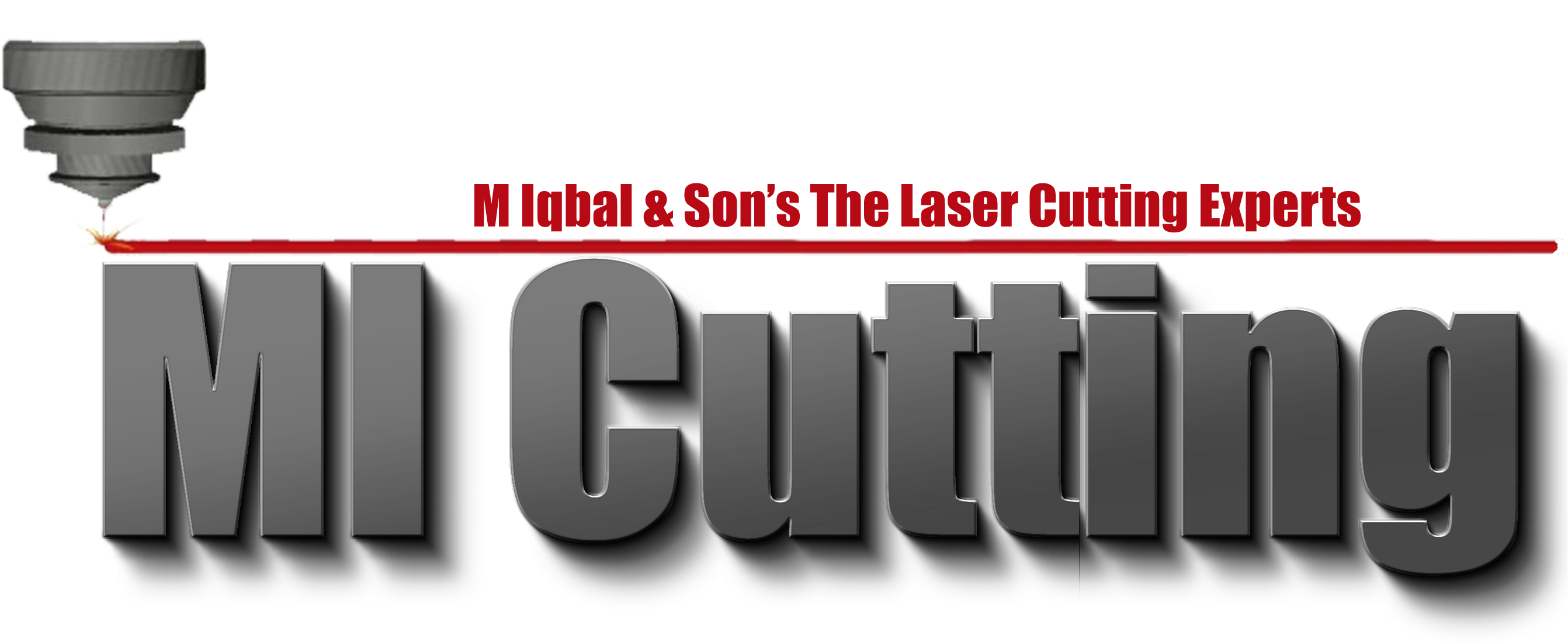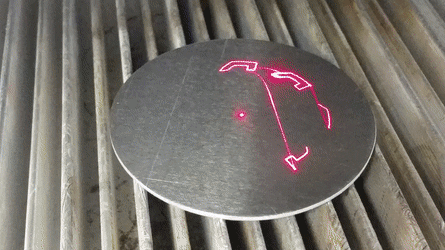Laser engraving is a process that vaporizes materials into fumes to engrave permanent, deep marks. The laser beam acts as a chisel, incising marks by removing layers from the surface of the material. The laser hits localized areas with massive levels of energy to generate the high heat required for vaporization.Laser etching and engraving are similar in that they produce permanent marks created when a laser removes material from the surface of an object.
Quality and Accuracy
Engraving patterns are made by vaporizing material with a precision laser beam. The process doesn’t suffer from the limitations of mechanical cutting tools, which wear out and become dull with use. Such wear reduces engraving quality. The laser is computer controlled to assure accuracy. This means the engraving will exactly match your specifications, and multiple engravings of the same pattern will be identical.
Fast Order Fulfillment
Laser engraving is an automated process that isn’t slowed down by the need for cutting tool replacement or the labor intensive manual cutting of traditional techniques. Finely detailed complex patterns, once considered unfeasible, are engraved quickly and efficiently. What might have required weeks to engrave is doable in a few hours.
Flexibility
Laser engraving works with a wide variety of materials of varying degrees of thicknesses. These include metals, coated metals, stainless steel, carbon steel, and plastics. The process isn’t limited to flat surfaces. Patterns can be engraved on rounded, uneven, and other complex surfaces of 3D objects. Lasers can engrave patterns in areas that are hard to reach by other techniques.
If you’ve never used laser engraving, understand that it opens up a wide range of possibilities you might not have considered. For example, it’s used for cabinetry, signs, gunstock patterns, barcodes, logos, and data plates. Because the technique readily handles intricate patterns, ordinary objects can be transformed into works of art. Use the many benefits of laser engraving to differentiate your products from your competitors. Contact us today to learn more.
- Since the laser does all of the work, there is less room for mistakes and human error.
- It allows you to engrave more intricate and detailed designs. Laser engraving also produces a cleaner, more crisp finish.
- Laser engraving tends to be more affordable than traditional hand engraving. However this is dependent on the amount of artwork required to create your design into an appropriate vector file. Which is required for the machine to engrave.
- Laser engraving takes less time than hand engraving, and it is also possible to have a more consistent finish. Laser engraving is a great option, when you’re a designer trying to create a more consistent finish. Like a logo for example or engraving the same design onto multiple necklaces.




